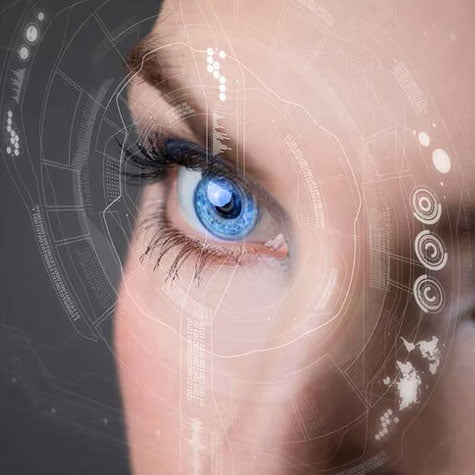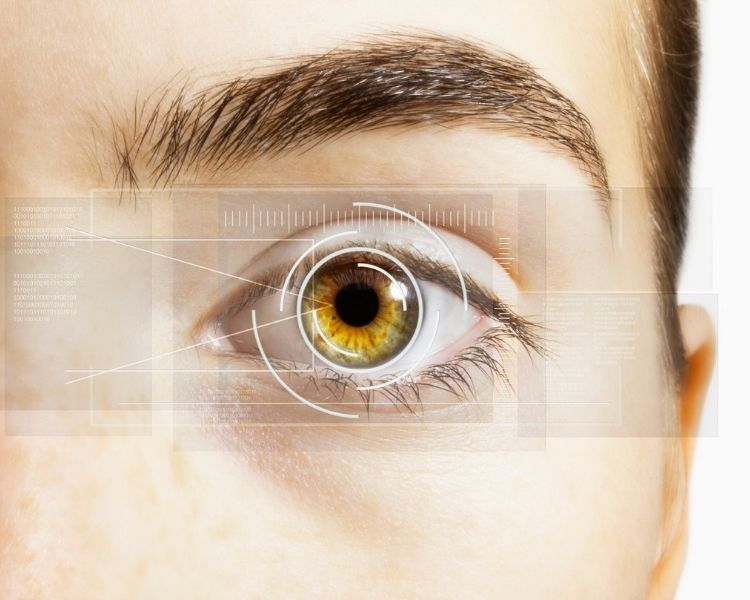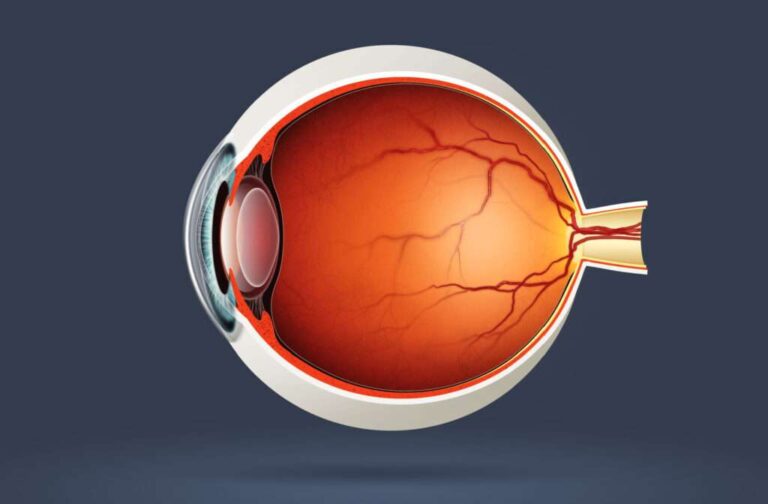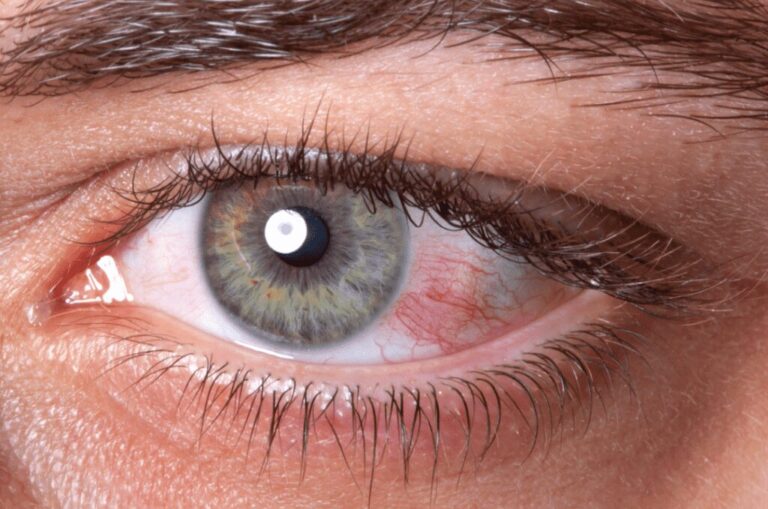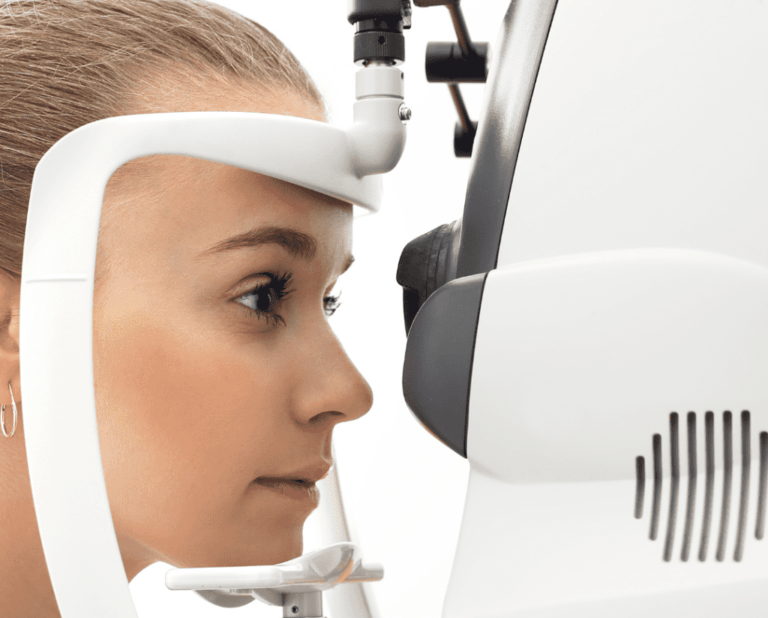Lazy Eye (Amblyopia) Guide: All You Need to Know
Lazy eye, also known as amblyopia, is a common vision problem that affects many people worldwide. Typically originating in childhood, amblyopia is generally characterized by the brain favoring one eye over the other, leading to impaired vision in the less favored, or “lazy,” eye.
Please note that a lazy eye should not be confused with a crossed or turned eye, which is medically referred to as strabismus. However, if your crossed eye is significantly less utilized compared to your uncrossed eye, it can lead to amblyopia.
Untreated lazy eye can result badly. If left untreated, the weak eye can develop serious vision problems that don’t go away. Eventually, the individual may experience vision loss in the weaker eye or develop persistent double vision. These conditions can significantly affect depth perception and pose challenges to hand-eye coordination.
In this comprehensive guide, we’ll cover everything you need to know about lazy eye, including its symptoms, causes, risk factors, and available treatment options.
What is Lazy Eye (Amblyopia)?
Lazy eye, or amblyopia, is a vision development disorder that occurs when one eye doesn’t develop properly during childhood, resulting in reduced vision in the affected eye.
The brain starts to favor the stronger eye, which can lead to further deterioration of vision in the weaker eye if left untreated.
Imagine trying to watch a movie with your friends, but your living room curtains are partially closed, causing the room to be dim and the movie hard to see – that’s what it can be like to see with a lazy eye.
Or consider trying to read a book where every alternate page is slightly blurred, making it difficult to fully understand and enjoy the story. These examples illustrate how a lazy eye might affect normal vision and disrupt daily activities.
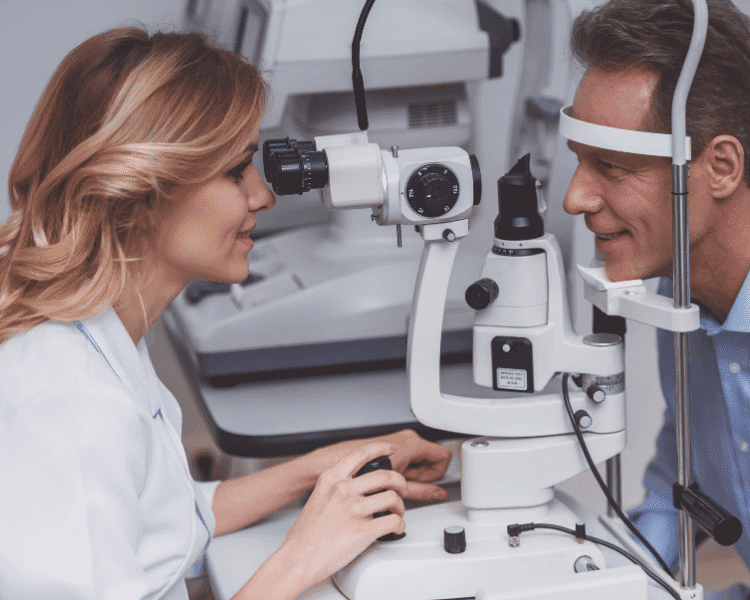
What are the Symptoms of Lazy Eye (Amblyopia)?
Lazy eye symptoms may not always be obvious, but they can include:
- Blurry or reduced vision in one eye
- Impaired depth perception
- Double vision
- Squinting or closing one eye for better vision
- Tilting or turning the head to favor the stronger eye
- Inward or outward wandering of the eye
What Causes Lazy Eye (Amblyopia)?
The primary cause of lazy eye is an early disruption in normal eye development that results in the brain favoring one eye over the other. Here are some common causes:
- Strabismus (Misaligned Eyes): This is the most common cause of lazy eye. When one eye turns inward, outward, upward, or downward, the brain begins to ignore the visual signals from the misaligned eye to avoid double vision, leading to amblyopia.
- Refractive Errors (Unequal Refraction): In this case, one eye may have a significant amount more nearsightedness, farsightedness, or astigmatism than the other. Because of the difference, the brain may learn to ignore the blurry image from one eye, leading to lazy eye.
- Stimulus Deprivation Amblyopia: Sometimes, a cataract or similar condition can prevent visual information from reaching the brain, causing the brain to favor the other eye.
- Other factors such as genetics, trauma, corneal ulcers or scars, glaucoma, and vitamin A deficiency can also contribute to these conditions.
Who are at the risk category?
Risk factors for developing lazy eye include:
1. Family history of amblyopia or strabismus
2. Premature birth or low birth weight
3. Developmental disabilities
Remember that early detection and treatment can prevent long-term visual issues associated with lazy eye. It’s essential to have regular children’s eye exams to detect any problems early.
What are the treatment options for Lazy Eye (Amblyopia)?
Treatment for lazy eye aims to improve vision in the weaker eye and promote normal visual development. Some common treatment options include:
1. Corrective eyewear: Glasses or contact lenses may be prescribed to correct refractive errors.
2. Eye patching: The stronger eye is covered with an eye patch to encourage the brain to use the weaker eye, helping it develop properly.
3. Atropine drops: Atropine eye drops can be used to temporarily blur vision in the stronger eye, forcing the brain to rely on the weaker eye.
4. Vision therapy: A series of eye exercises and activities designed to improve the connection between the eye and the brain.
5. Surgery: In some cases, surgery may be necessary to correct an underlying issue, such as strabismus or cataracts.
Last Words from the More Clinics
Understanding the symptoms, causes, risk factors, and treatment options for lazy eye (amblyopia) is crucial for maintaining good eye health and preventing long-term vision issues. Early detection and intervention are essential for the best possible outcome.
Your Trusted Dental and Health Partner: The More Clinics
At The More Clinics, we are committed to providing exceptional medical and dental care, helping all global patients regain their confidence. With expertise, state-of-the-art technology, and compassionate approach, we are your trusted partner in achieving a complete and natural-looking smile.
Contact us today to schedule a free consultation and discuss the best treatment options for you. Our professionals are ready to answer all your questions and provide you with the most suitable solution.
GET A FREE CONSULTATION!
Let’s Start Planning Your Treatment %100 Guarantee Results.

Written by The More Editorial Team and Medically Reviewed by Op.Dr.İbrahim Kaya who specialized on Eye Surgery, Retinal Surgery and Optalmology.


